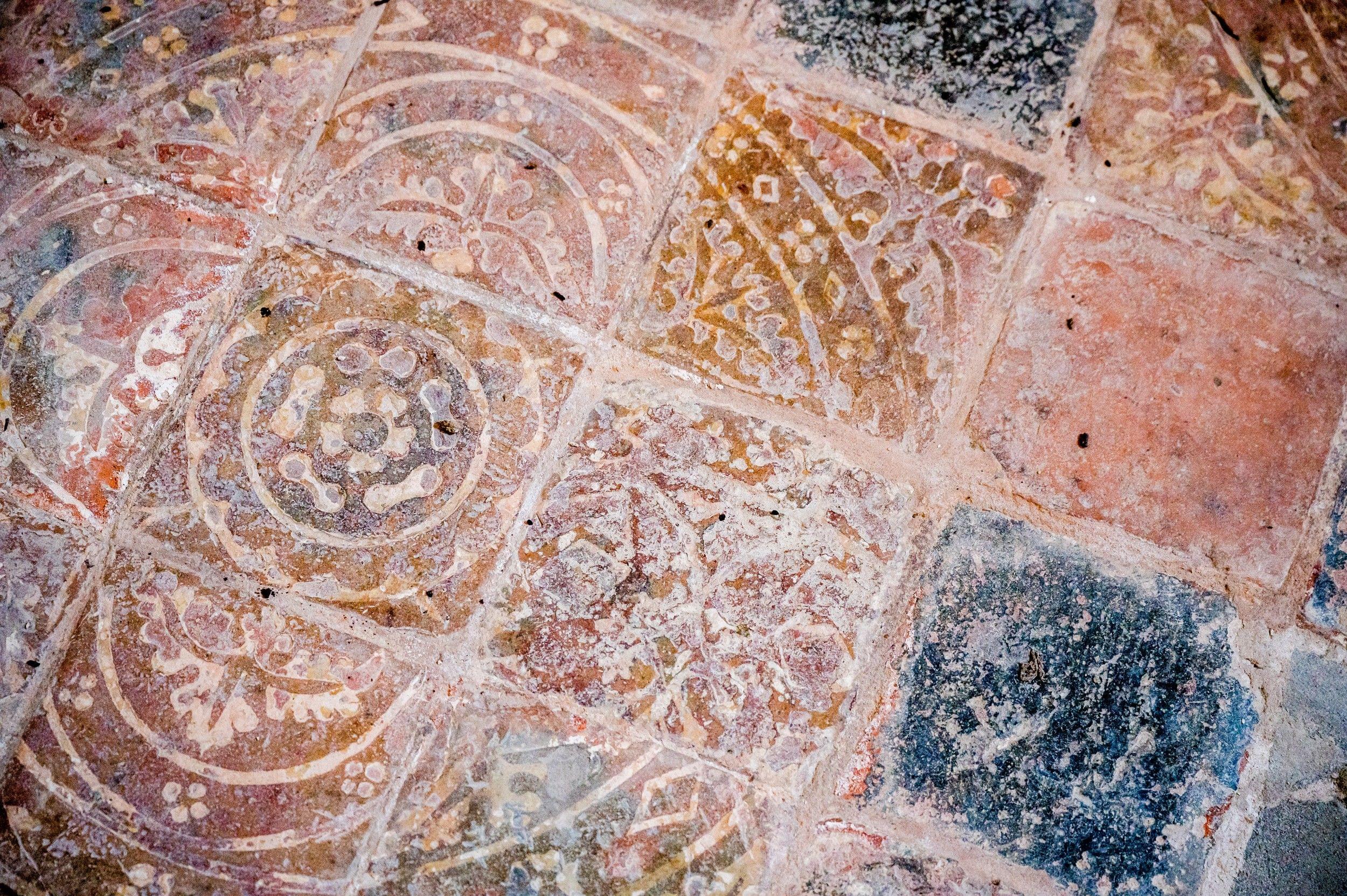Rosslyn Chapel
Roslin, Lothian
One of Scotland’s most remarkable buildings, Rosslyn Chapel has been in the ownership of our family since its foundation in 1446 and is still used today as a place of worship.

St James has a number of rare architectural features by master craftsmen including a carved rood screen and reredos, together with stained glass windows.
Penicuik, Lothian
St James is located in a semirural environment on the edge of Penicuik, 10 miles south of Edinburgh.
The church was opened for worship in 1882 and is a grade B listed building. Its stained glass windows, including some by Charles Eamer Kempe are a particular feature. A rood screen, designed by HO Tarbolton and elaborately carved by T Good divides the interior into nave and chancel and this, together with a 'forward' marble altar gives the building great character.
The reredos screen was commissioned by the congregation to commemorate the men of the church who died in the Great War. It was designed and executed by Alice Meredith Williams, who together with her husband designed the bronze plaque in the Scottish War Memorial at Edinburgh Castle.
Roslin, Lothian
One of Scotland’s most remarkable buildings, Rosslyn Chapel has been in the ownership of our family since its foundation in 1446 and is still used today as a place of worship.
Edinburgh, City of Edinburgh
A church has stood here for around 1,000 years although what is seen today is largely the result of an outstanding rebuild in 1907-08 by architect Sydney Mitchell.
Edinburgh, City of Edinburgh
Opened in 1927, the current church is a plain cross.